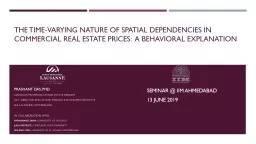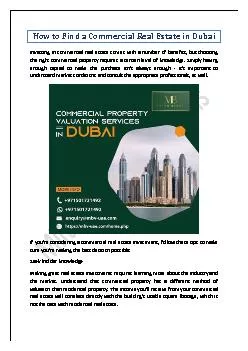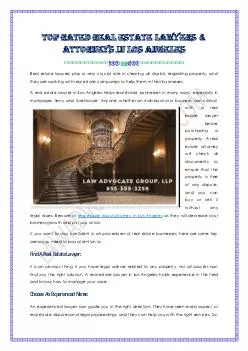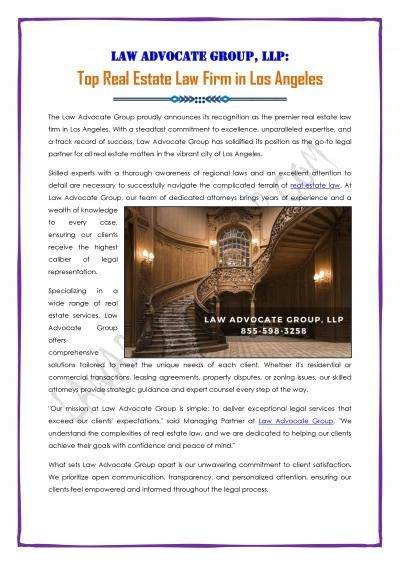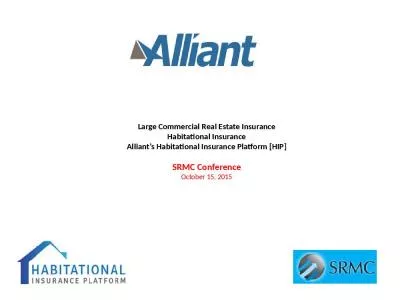PPT-The Time-Varying Nature of Spatial Dependencies in Commercial Real Estate Prices:
Author : quorksha | Published Date : 2020-06-23
A Behavioral Explanation Prashant Das PhD Associate Professor of Real Estate Finance Act Director Real Estate Finance amp Economics Institute EHL Lausanne Switzerland
Presentation Embed Code
Download Presentation
Download Presentation The PPT/PDF document "The Time-Varying Nature of Spatial Depen..." is the property of its rightful owner. Permission is granted to download and print the materials on this website for personal, non-commercial use only, and to display it on your personal computer provided you do not modify the materials and that you retain all copyright notices contained in the materials. By downloading content from our website, you accept the terms of this agreement.
The Time-Varying Nature of Spatial Dependencies in Commercial Real Estate Prices:: Transcript
Download Rules Of Document
"The Time-Varying Nature of Spatial Dependencies in Commercial Real Estate Prices:"The content belongs to its owner. You may download and print it for personal use, without modification, and keep all copyright notices. By downloading, you agree to these terms.
Related Documents

